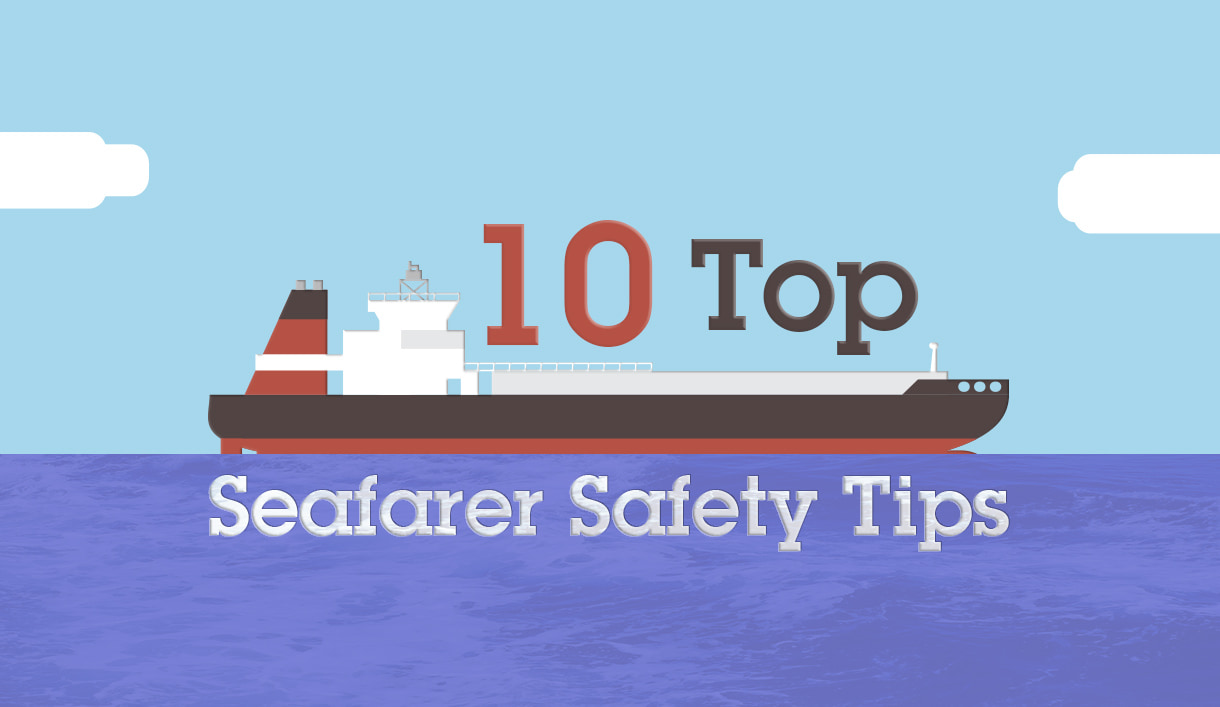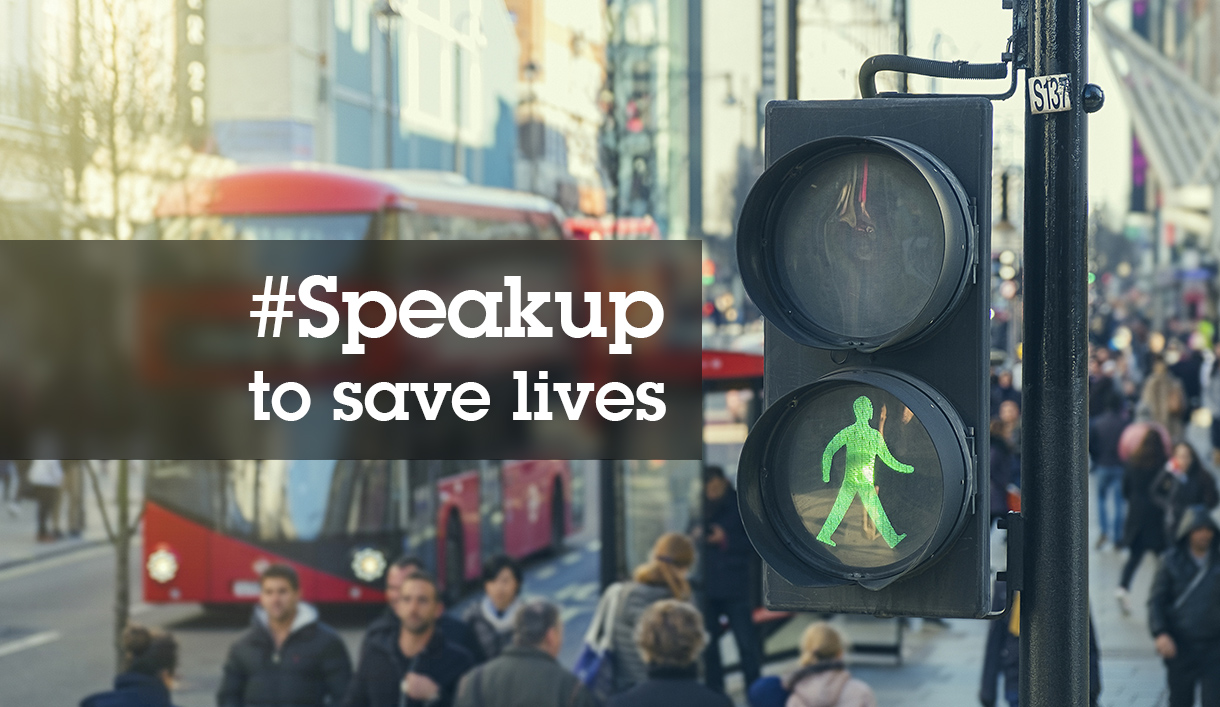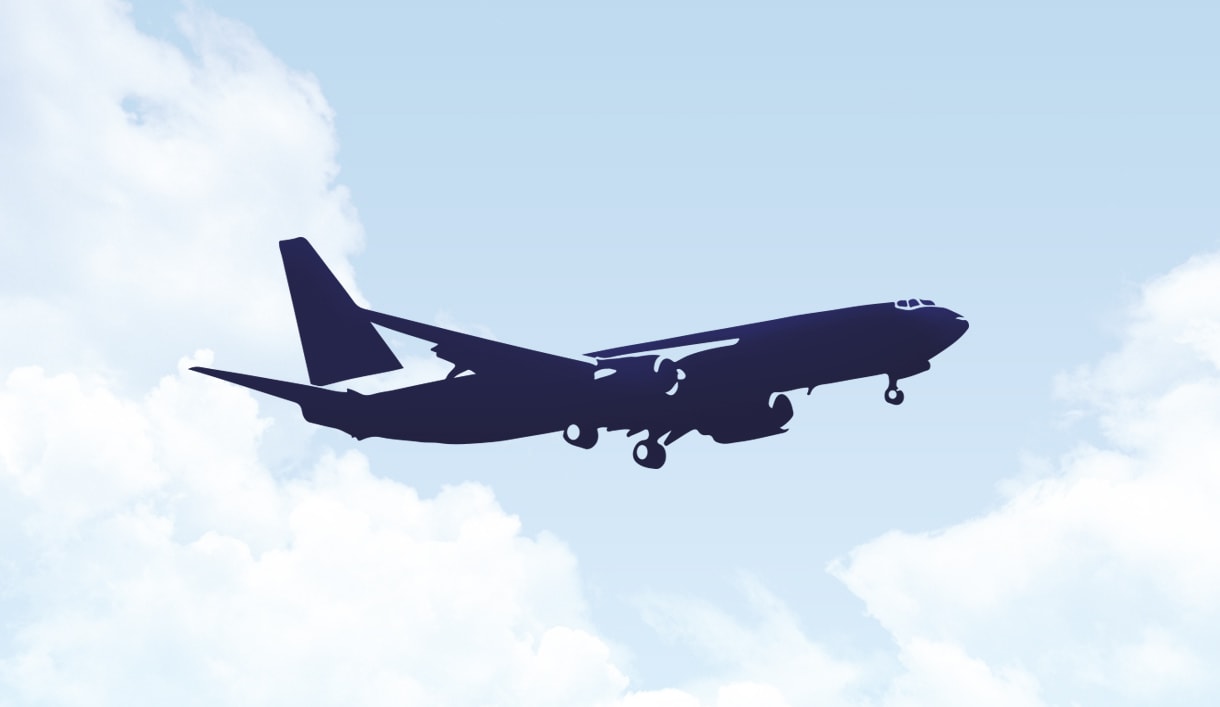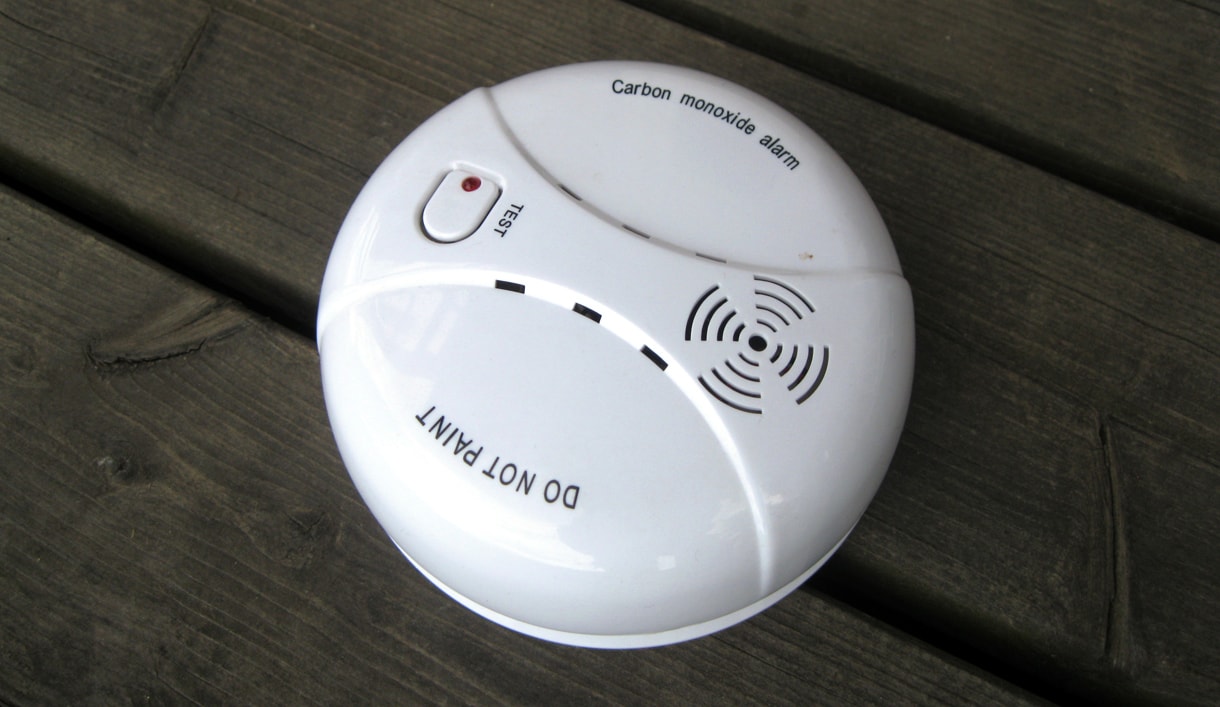Seafarers Awareness Week
10 Top Seafarer Safety Tips
As many of you may know, it’s currently Seafarers Awareness Week up till the end of the month.
Based around ‘Day of the Seafarer’ and intended to promote our shipping industries and the people who work in them, a key aspect of the week is safety on the water.
In support of this SHEilds have collected 10 Top Seafarer Safety Tips for people who work aboard ships.
An Expanded Set of Risks
Working aboard a sea vessel presents an expanded set of risks compared to most typical workplaces, however common Health and Safety principles do overlap here and there.

Become NEBOSH qualified for Safety in Oil & Gas on and offshore!
While the following points are not intended as a replacement for detailed regional and occupational legislation in the field, they do highlight commonplace dangers that anyone working aboard a ship should be mindful of.
- Slips, trips and falls are a common risk in any workplace exaggerated here by the presence of the sea and the unstable motion of sea vessels. In rainy weather or turbulent seas, a slippery deck or catwalk is likely, thus increased awareness on deck is essential. To reduce the risk, it’s important decks are kept clear of unnecessary clutter while oils and other slippery substances are cleaned up as early as practically possible.
- PPE (Personal Protective Equipment) is a common demand of many workplaces and here there are specific requirements that should be stocked aboard any ship. Reinforced safety shoes made of hard metal with good grip protect against injuries from scuffing feet on hard metal equipment and walkways while providing stronger footing in adverse conditions. Additionally, safety gloves, goggles, ear defenders, safety harnesses, face masks, coveralls and warm waterproofs are strongly recommended to be prepared for all eventualities.
- Mooring Operations are inevitable for most large ships, they can however be deadly under the wrong circumstances if poorly handled. Always keep in mind that using ropes and wires which are in bad condition may result in a snap back capable of wreaking injury or death. Management by a reasonable number of staff trained in the dangers is vital and it’s integral the operation is supervised carefully with their complete attention.
- Electrical danger isn’t usually the first thing that comes to mind with ships and yet electricals are an inevitable part of the modern vessel in need of considerate use and maintenance. Anyone performing safety checks should inspect all electrical motors, switches and wires on a daily basis keeping an eye out for abnormalities. If maintenance work involving or around electricals is required, then tools with insulated handles and thick rubber gloves should be used and breakers turned off for the system in question wherever possible.
- Fire Safety and an emergency plan are more essential then ever at sea. You may be surrounded by a body of water but this is no protection against disaster, potentially increasing the severity as you are cut-off from help. Everyone should be trained and clear on what to do in the event of a serious fire with planned escape routes and procedures to ensure staff safety. If there’s any doubt or confusion among colleagues then it’s time for reassessment and a clearer plan.
- Clear Safety Signage should be present around your vessel, from highlighting emergency escapes to clearly highlighting hazards. Never assume staff will already be aware of dangers and this goes doubly so if you have passengers or visitors on a regular basis who aren’t familiar with the environment.
- Engine room accidents are among the most serious that can occur on a ship and while variety and detail prohibit me from getting technical here it’s important that extra care is taken during maintenance. Crankcases should be fitted with functional oil mist detectors and relief doors to raise the alarm and release pressure respectively. Modern boilers meanwhile should have a working pre and post-purging system, an undamaged refractory, an active safety alarm and never be fired continuously immediately from cold condition. If training or maintenance is neglected then an explosion could only be a matter of time.
- Teamwork matters, which should be the case in every job ideally but at sea it’s integral to productivity and safety. If staff are not on talking terms then it will be difficult to communicate procedures while long journeys away may also result in a breakdown of morale, leading to our next point.
- Wellbeing matters, and failing to be proactive in addressing it may lead to a rapid escalation at sea with no way out. The impact of long stretches away from shore may take a toll on staff and if you are aware of a colleague exhibiting signs of stress, anxiety or depression then you need to take action. Whether it be conflict between crew members or suicidal thoughts an unchecked downward spiral should be prevented early on with talk, assistance or intervention.
- Carefully maintain and stock lifesaving equipment as there will likely be no option to procure more during an emergency out at sea. You should have a working life jacket fitted with a whistle available for every crew member, along with excess to account for loss or damage. Additional equipment should include some form of lifeboat, lifebuoys, two-way communication radios, firefighting equipment such as extinguishers and one or more well stocked first aid kits dependent on vessel size.
Ships and the sea can be a daunting prospect and the risks can be off-putting, but as with all occupations, training, precautions and considerate application of control systems can vastly reduce them keeping our seafaring men and women safe.







Leave a Reply
Want to join the discussion?Feel free to contribute!